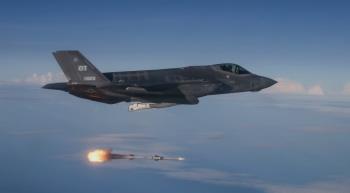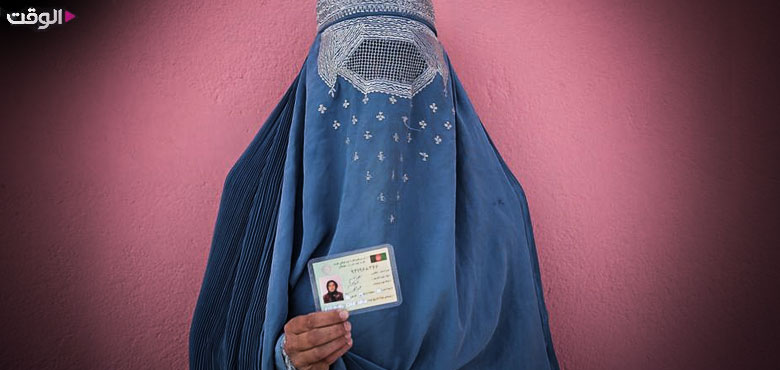Alwaght- One of the most important factors influencing political stability in traditional societies is the regulation of power relations in ties between ethnicities and religions. In fact, in traditional societies, ethnic, tribal, and religious divisions make up the foundation of social structure and, consequently, the construction of political power. This issue becomes even more important in societies that are shaped by an ethnic and religious structure. In such societies, the political system's structure rests on an agreement between these existing identities. Iraq and Lebanon in West Asia are examples of such system.
Afghanistan is one of the countries where ethnicity and religion are important parts of the political identity of citizens when it comes to social actions and political tendencies, as well as the nature of political conflict in this country.
Afghanistan is a multiethnic and multilingual country. Because of decades of war, there is no accurate census on its population, especially in terms of the size of each ethnic group. It is said that 45 indigenous languages are spoken in Afghanistan. However, the constitution recognizes only eight languages, of which Persian, Dari, and Pashto are the official languages.
But one thing is clear: There is no ethnic group large enough to make a majority and number of small ethnicities make a whole of the country.
Therefore, it is obvious that the decisions of the governing body regarding ethnic divisions are always sensitive and cause political disputes or even instability. This can be seen in the recent decision of the Supreme Court of Afghanistan on the ethnic structure of the country.
While previously the Afghanistan constitution recognized 14 ethnicities of Pashtun, Tajik, Hazara, Uzbek, Turkmen, Baluch, Pasheh, Nouristani, Aimak, Arab, Kyrgyz, Ghezelbash, Gujjar, and Brahvi, in a new division presented by Afghanistan’s National Statistics and Information Authority, this number is 54. It mainly considers independent the sub-branches of the Tajik ethnicity. While considering united the Pashtuns, the new division breaks down Tajiks, Hazaras, and Uzbeks into smaller groups.
A newspaper published in Kabul recently published a new ethnic groups category including Sikhs, Hindus, Umer, Prachi, Kurd, Jugi, Shakhilan, Sheikh Mohammadian, Guwar, Khalili, Pamiri, Manjani, Sanglichi, Roshanaee, Vakhani, Shaghnani, Turk, Gharagh, Tatar, Mongol, Saka, Dolatkhani, Taimani, Al Beyg, Kazakh, Sajani, Ghaznavi, Bayat, Ghoshkhanian, Nimak, Kubchak, Nikpay, Kuhgadari, Dimirak, Mirsayedeh, Jamshidian, Afsharian, Taherian, Saljoughian, Taymouryan, Barlas-Arlat, Ilkhani, Yaftali, laghyan, Kavi, Ghuzi, Abkeh, Joghtay, Gerehee, Karamali, Sheikh Ali, Urteh Balaghi, Uyghur, Baberian, and Formali.
Government under fire of critics
The new move by President Ashraf Ghani’s government drew vast criticism at party and even coalition cabinet levels.
In one of the most critical reactions, Abdullah Abdullah, the chairman of the Supreme National Reconciliation Council, whose paternal ethnicity is Pashtun and his maternal ethnicity is Tajik, said that such actions are detrimental to the national unity.
Sarwar Danish, the second vice president of Afghanistan, said that every ethnic group in Afghanistan has the right to be recognized by its identity, but it is also not correct to introduce the various branches and tribes of an ethnic group as independent. Also, Mohammad Afzal Hadid, chairman of the Balkh Provincial Council, said: "This government organization is still unaware of the important fact that there is a big difference between the ethnicity and the place of residence of a group and you can never count the place as the ethnicity of certain people."
Since the government recognizes sub-ethnic groups as an independent ethnic group, this can pose many challenges in counting the population and understanding which ethnic group has what percentage of the population.
One of the issues stirring tensions in the new ethnic categories should be sought in the past years' ethnicism. For example, in 2015 around 75 percent of the official appointed to work in the president's executive office were Pashtuns, the ethnic group from which Ghani comes. Moreover, Ghani removed from the key positions several non-Pashtun officials, including his vice president Abdul Rashid Dostum, an Uzbek figure with prominence in the Afghan politics.
These apparently ethnic-motivated dismissals come while the constitution explicitly states that the president and cabinet members are prohibited from making their decisions based on ethnic and regional considerations and using their posts for regional and sectarian advantages.
Because Afghanistan does not have a majority ethnic group, candidates seek alliances with other ethnic groups in order to be elected, especially in the presidential election. This is less challenging for a Pashtun candidate because they can only think of forming a coalition with only one group, but candidates from other ethnic groups must form a much larger coalition, making victory for non-Pashtuns in presidential election challenging.
So, even if the government's claims about non-political nature of the new divisions are true, definitely the consequences of such arrangement are damaging to country's stability and also power distribution and democracy.



























